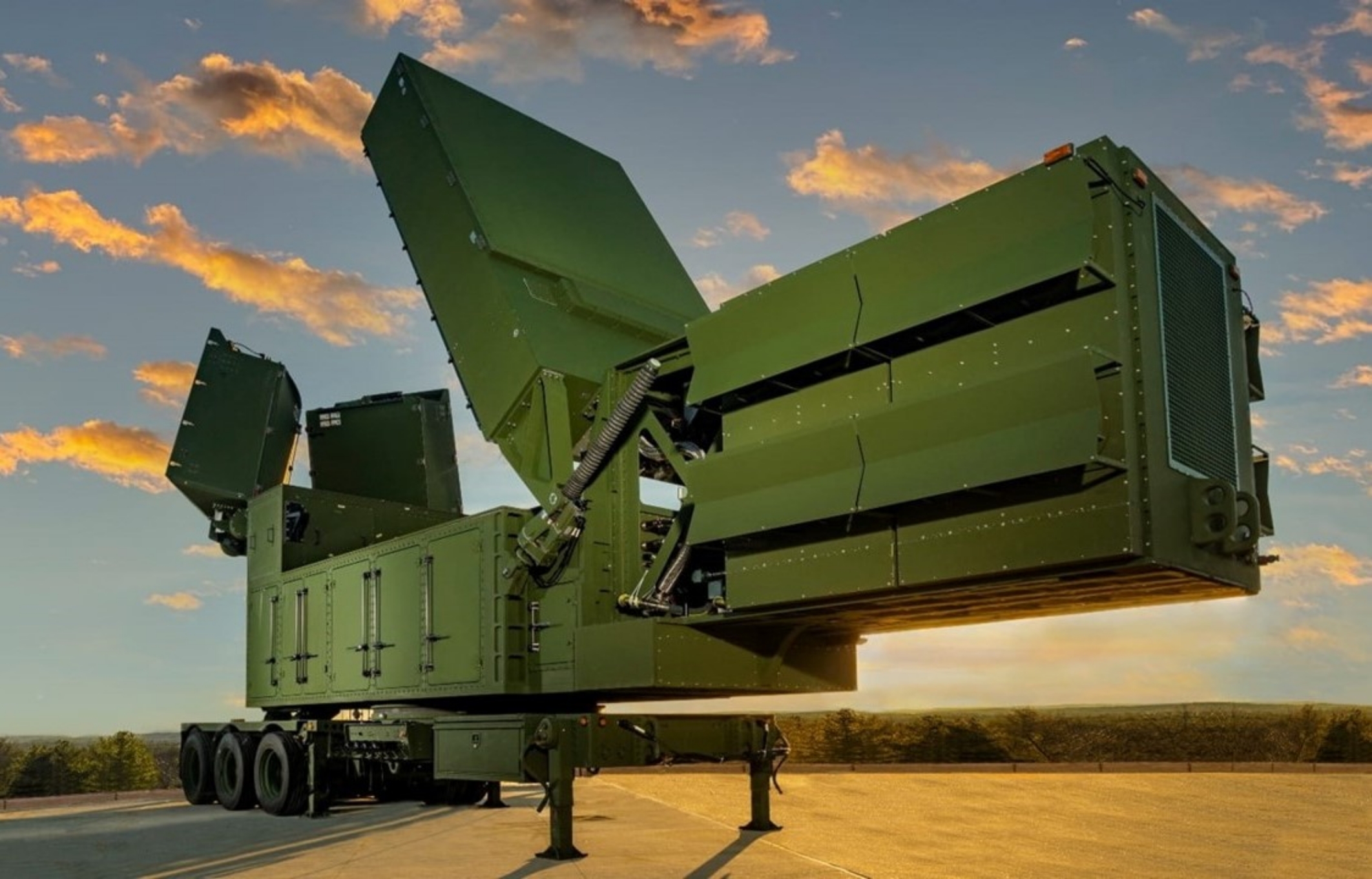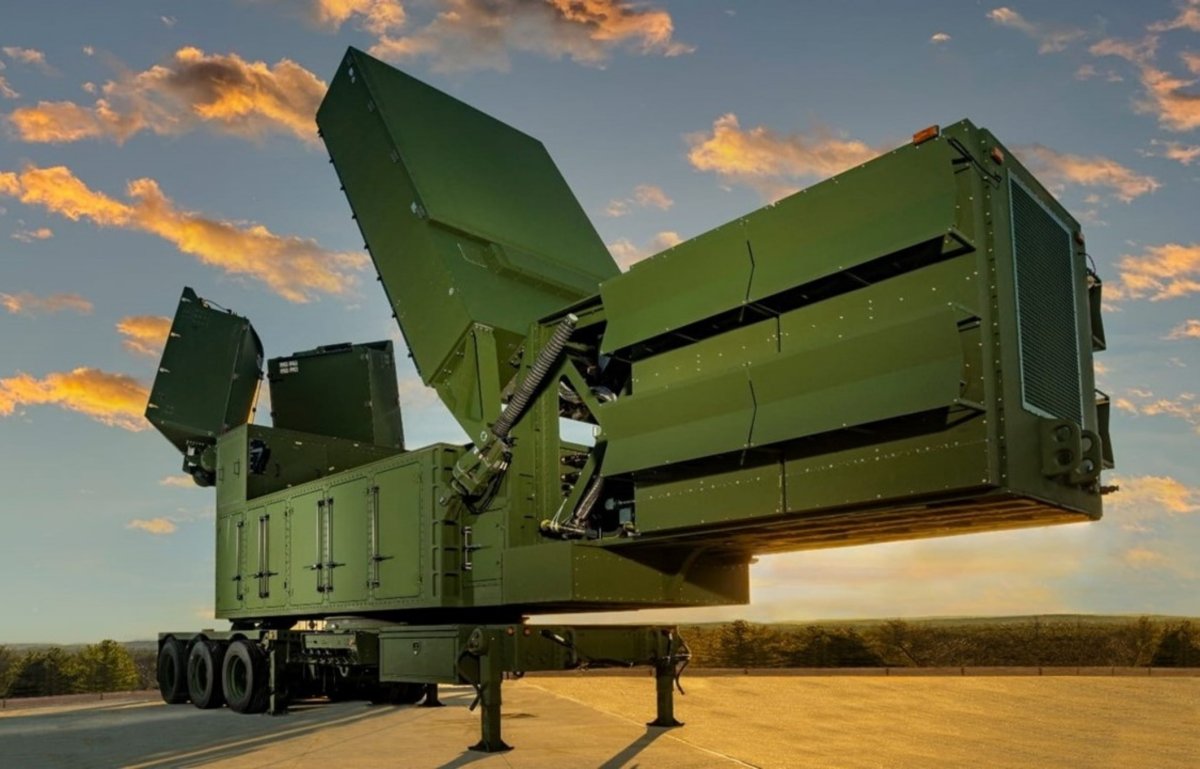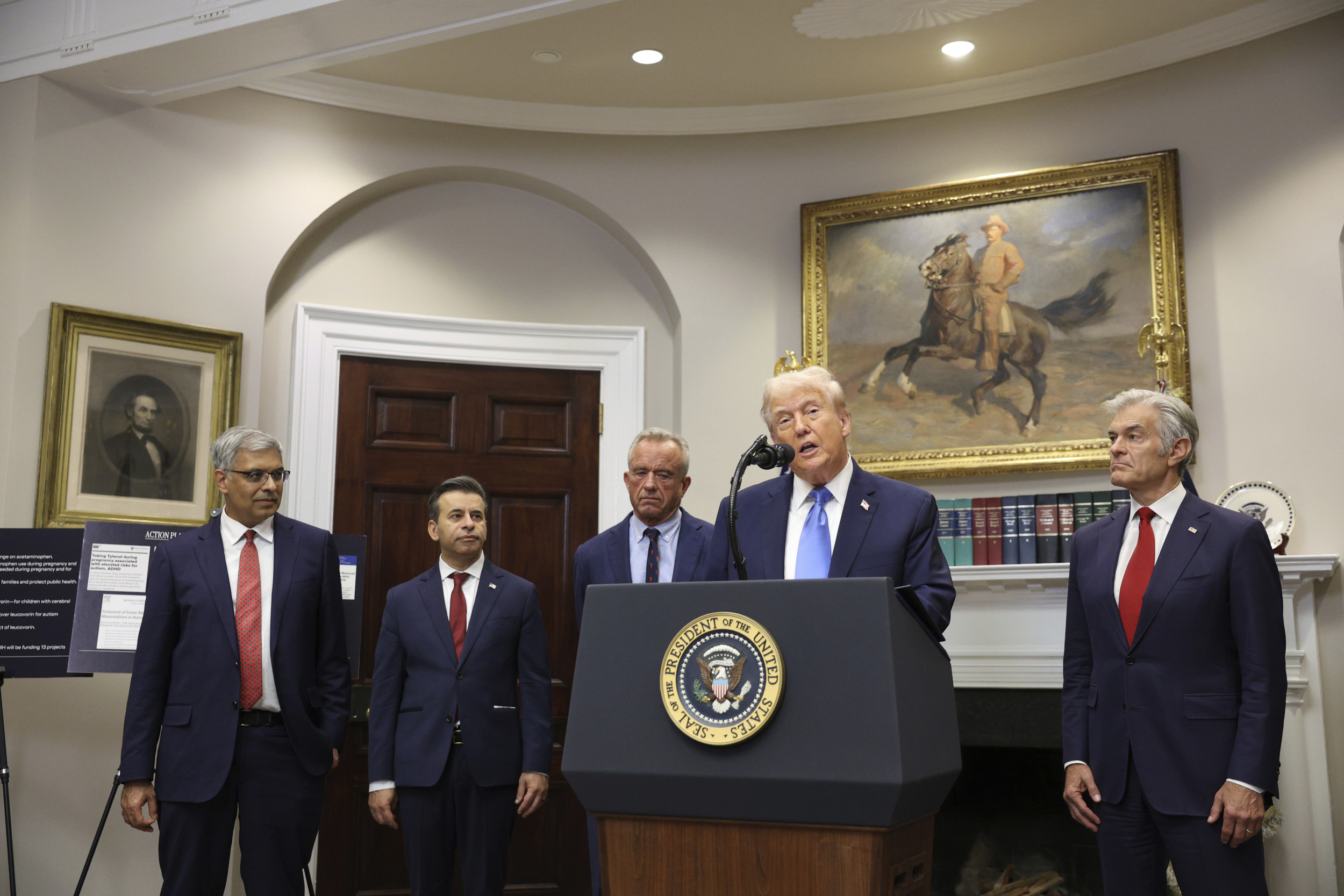
The United States continues bolstering the defense of Guam—its westernmost territory in the Pacific Ocean—against potential Chinese missile strikes, as a new radar system recently demonstrated its ability to counter “advanced and evolving threats” to the island.
China’s Foreign Ministry did not immediately respond to a written request for comment.
Why It Matters
Guam is central to the U.S.’s island chain strategy, which seeks to contain China’s growing military activity across the western Pacific in the event of war. The 212-square-mile island is part of the north-south second island chain, which stretches from Japan to New Guinea.
About 1,800 miles from China’s coastline, Guam serves as a strategic staging area for projecting U.S. military power in the Indo-Pacific and is home to three major military facilities: Andersen Air Force Base, Naval Base Guam and Marine Corps Base Camp Blaz.
Because Guam lies within range of Chinese intermediate-range ballistic missiles, the U.S. has deployed the Terminal High Altitude Area Defense (THAAD) system and the Aegis Guam System there, and it plans to establish a new Patriot air defense battalion on the island.
What To Know
The U.S. Army Program Executive Office Missiles and Space announced that the Lower Tier Air and Missile Defense Sensor (LTAMDS)—a radar capable of defeating next-generation threats—underwent a test at White Sands Missile Range in New Mexico on August 14.
During the missile flight test, the radar detected, tracked and classified an air-breathing threat target, which was successfully intercepted by a missile interceptor known as the Patriot Advanced Capability-3 Missile Segment Enhancement (PAC-3 MSE).

U.S. Army
Air-breathing propulsion enables a missile to sustain hypersonic flight—at speeds more than five times the speed of sound while maneuvering in flight—making it difficult to intercept by defense systems and allowing it to reach its targets more quickly than traditional missiles.
The LTAMDS is designed to provide 360-degree coverage of air and missile defense with three antenna arrays—a primary array in the front and two secondary arrays in the rear—enabling the system to detect and engage multiple threats from any direction simultaneously.
This test marked the first successful intercept of an air-breathing threat using the LTAMDS secondary sector array, demonstrating the radar system’s progress toward full 360-degree coverage and enhanced operational flexibility to defend against a range of aerial threats.
The announcement of the test comes after Guam received the LTAMDS prototype last month, Defense News reported on August 1. Citing Army Secretary Dan Driscoll’s statement, the news outlet said the system was deployed for exercises in an operational environment.
According to Army vice chief of staff General James Mingus, the new Patriot battalion set to deploy in Guam will be equipped with the LTAMDS to extend its range, replacing the current Patriot radar system, the AN/MPQ-65, which has a limited 270-degree coverage.

White Sands Missile Range Public Affairs
What People Are Saying
The U.S. Army Program Executive Office Missiles and Space said in a news release on August 14: “The LTAMDS is the Army’s next-generation radar designed to counter advanced and evolving threats, providing increased detection range, improved classification, and all-sector coverage.”
Brian Kubik, the vice president of PAC-3 Programs at U.S. defense company Lockheed Martin, said in a news release on Monday: “PAC-3 continues to demonstrate advanced, reliable performance in increasingly complex operational environments. … Delivering 360-degree engagement capability will enable soldiers to defend against threats from any direction, enhancing the U.S. Army’s [Integrated Air and Missile Defense] capabilities.”
What Happens Next
It remains to be seen how the U.S. military will further enhance its defense posture in Guam and Japan, where China has built a large missile force capable of striking U.S. bases.




